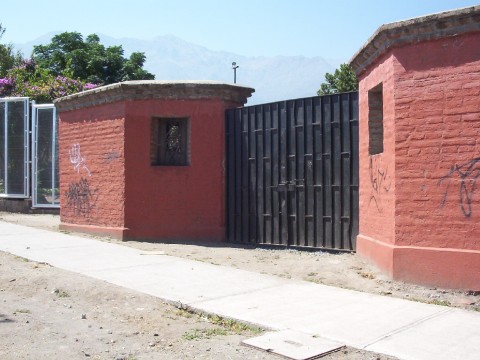Villa Grimaldi
Summary
Data
Alias
“Cuartel Terranova”
Type of place
Location
Country
Address
Avenida José Arrieta 8200 (actual 8401)
Institutional responsibility
Dirección de Inteligencia Nacional (DINA)
Operating period
1973 - 1978
Current situation
Sitio de Memoria abierto al público
Related victims
| Ficha de víctima #217 - Hernández Zazpe, Juan Humberto |
| Ficha de víctima #218 - Muñoz Velázquez, Luis Gonzalo |
Ficha de víctima #219 - Tamayo Martínez, Manuel Jesús  |
Ficha de víctima #156 - Fuentes Alarcón, Jorge Isaac  |
| Ficha de víctima #91 |

